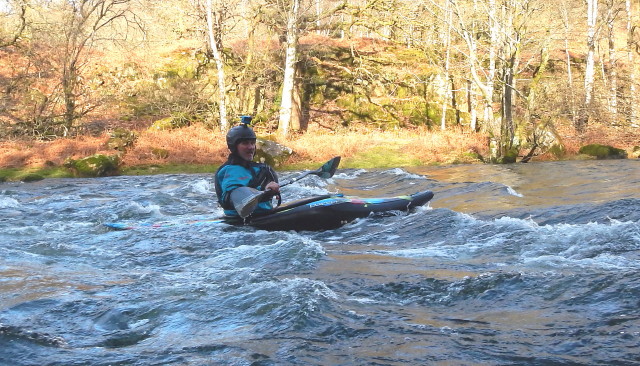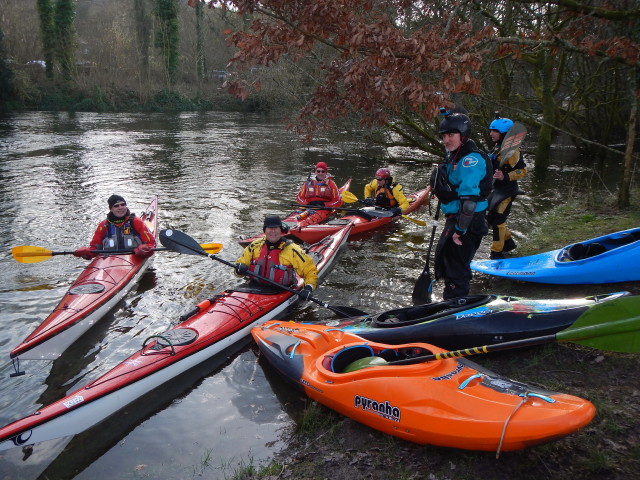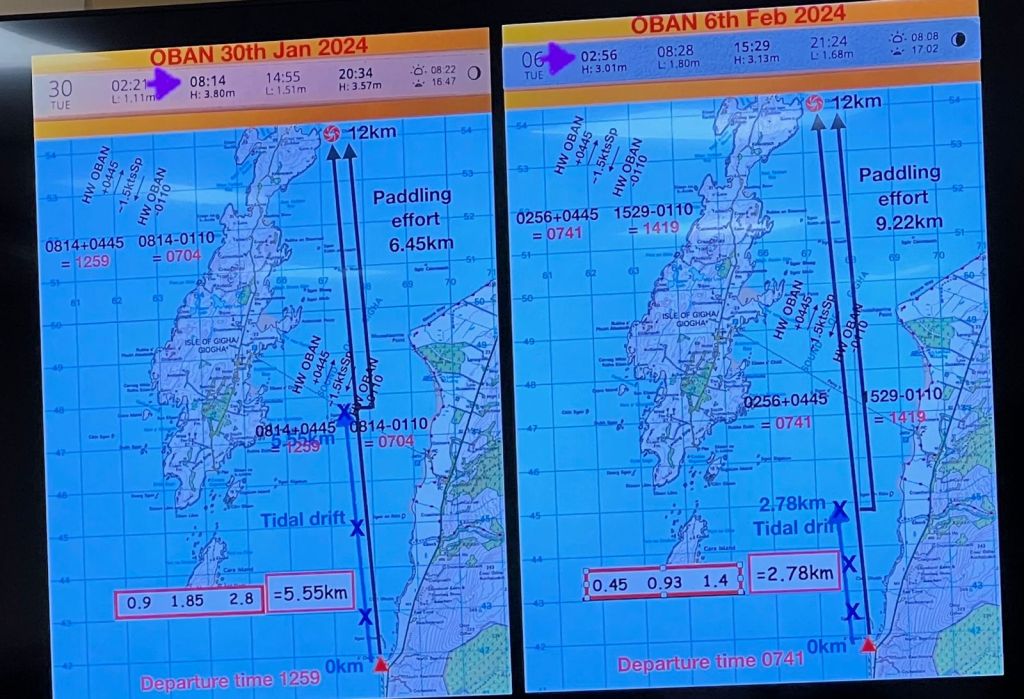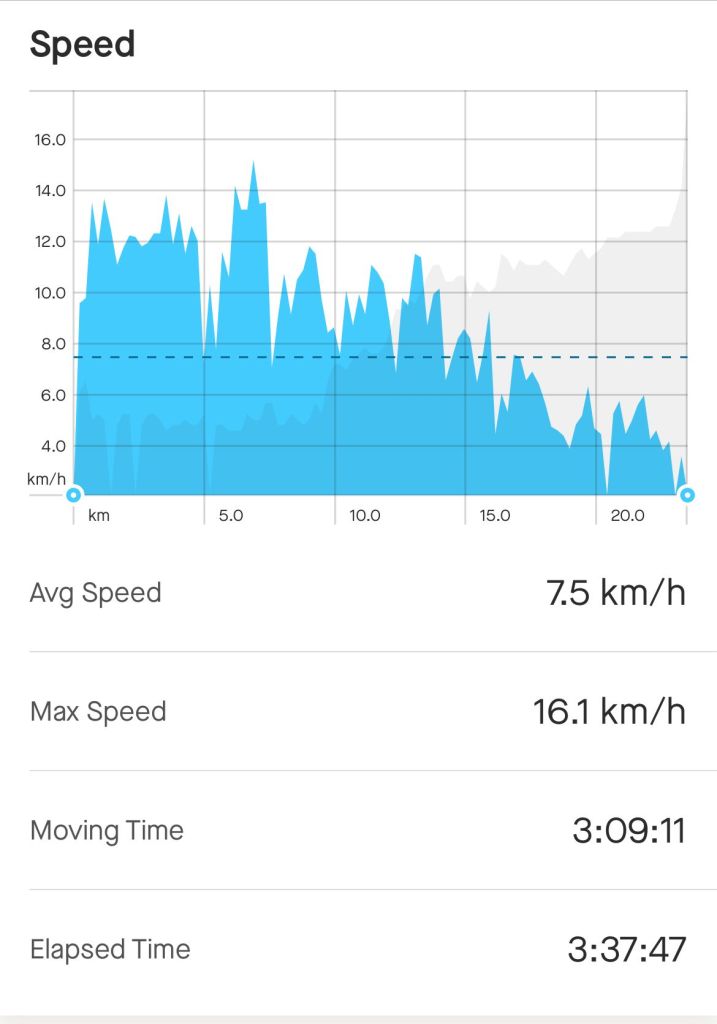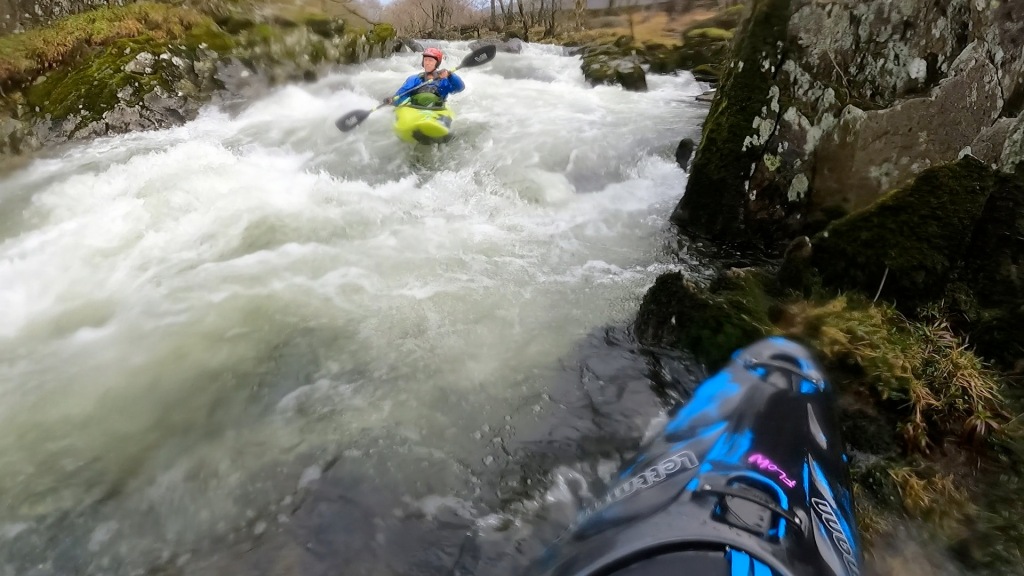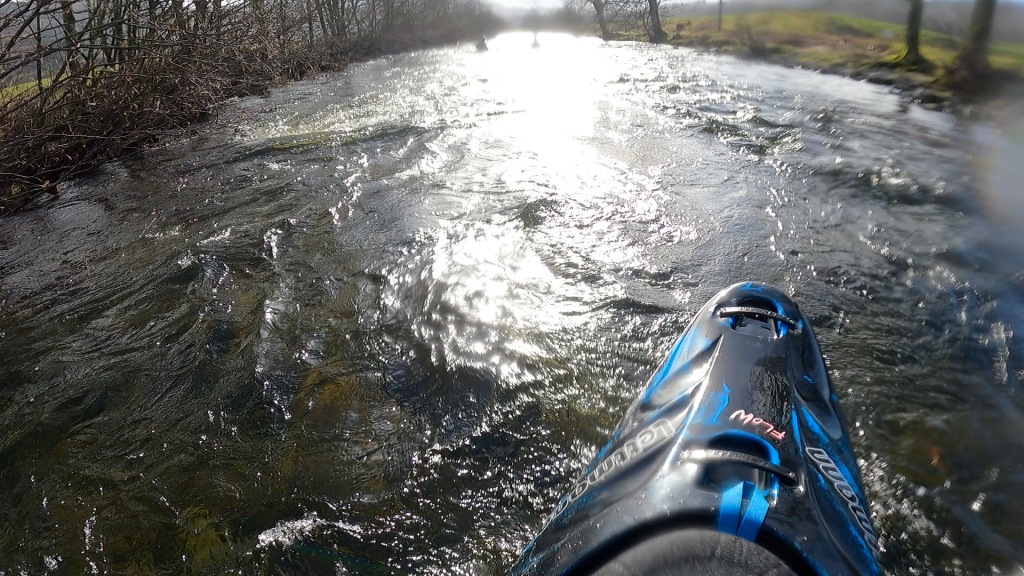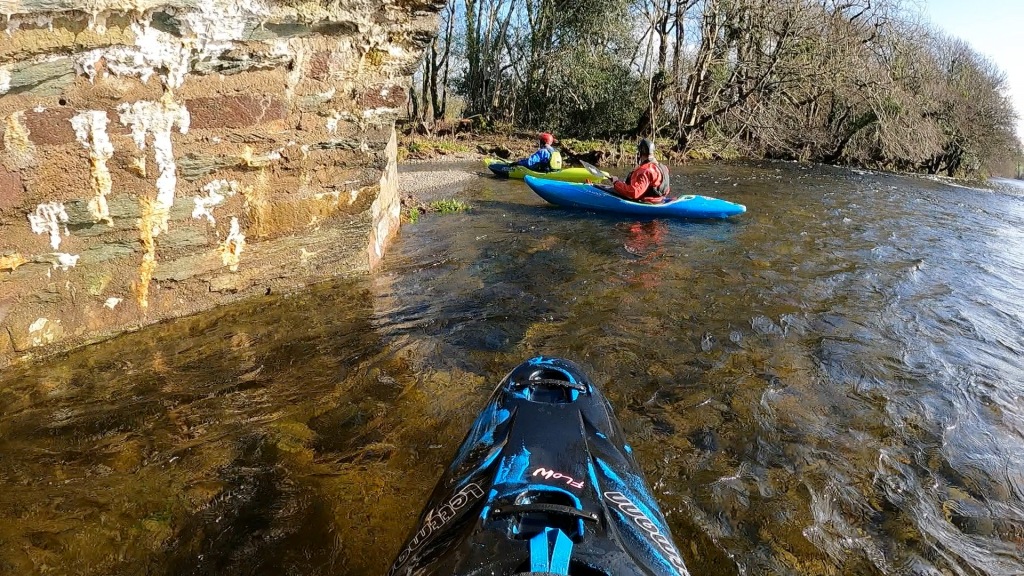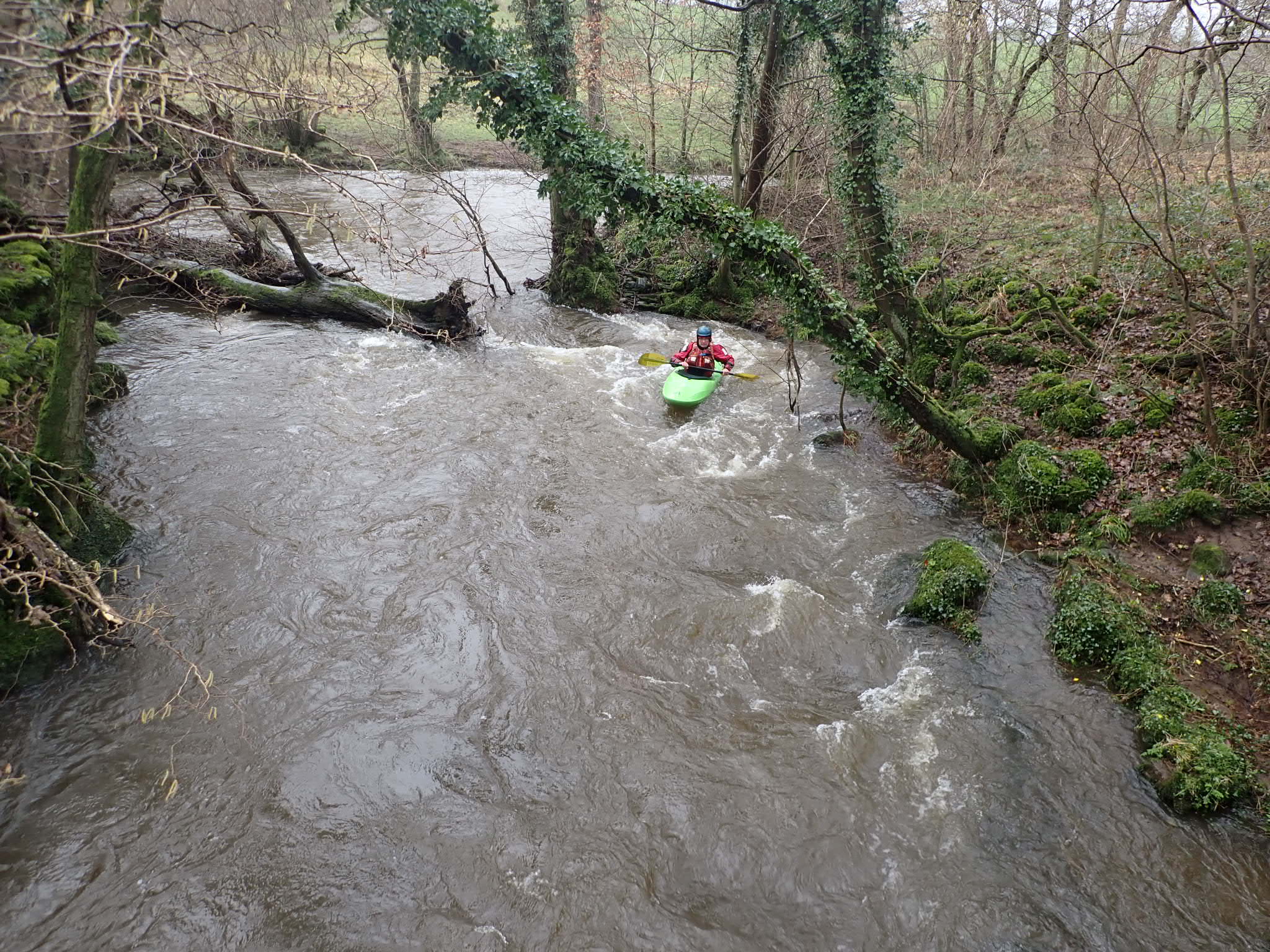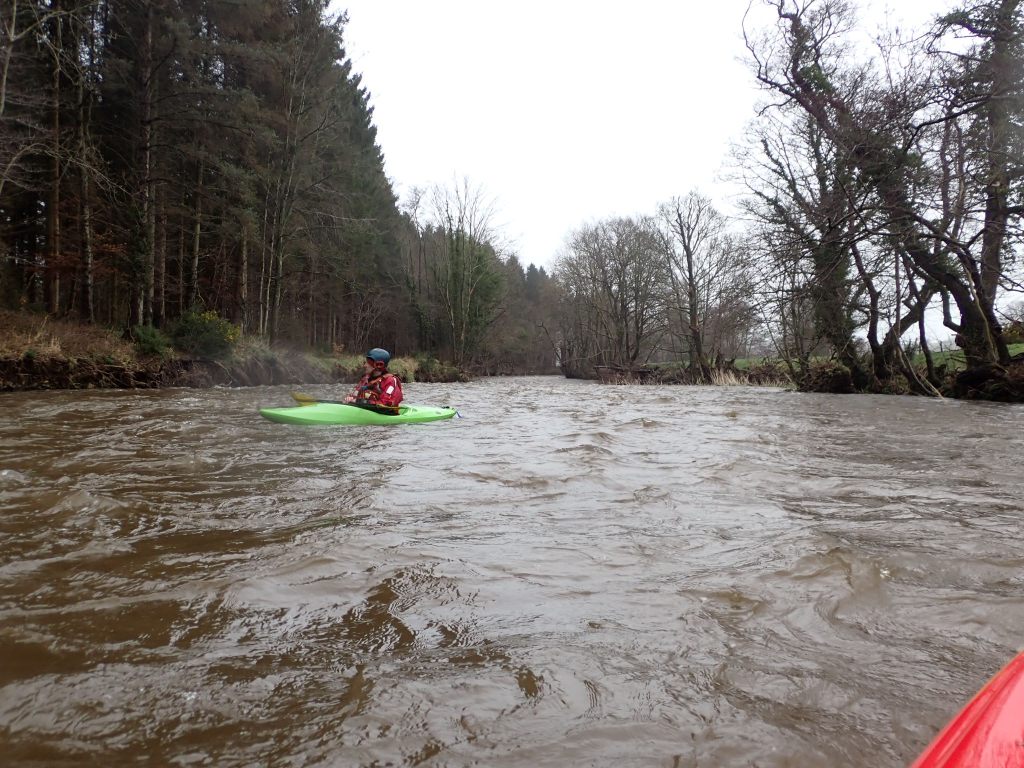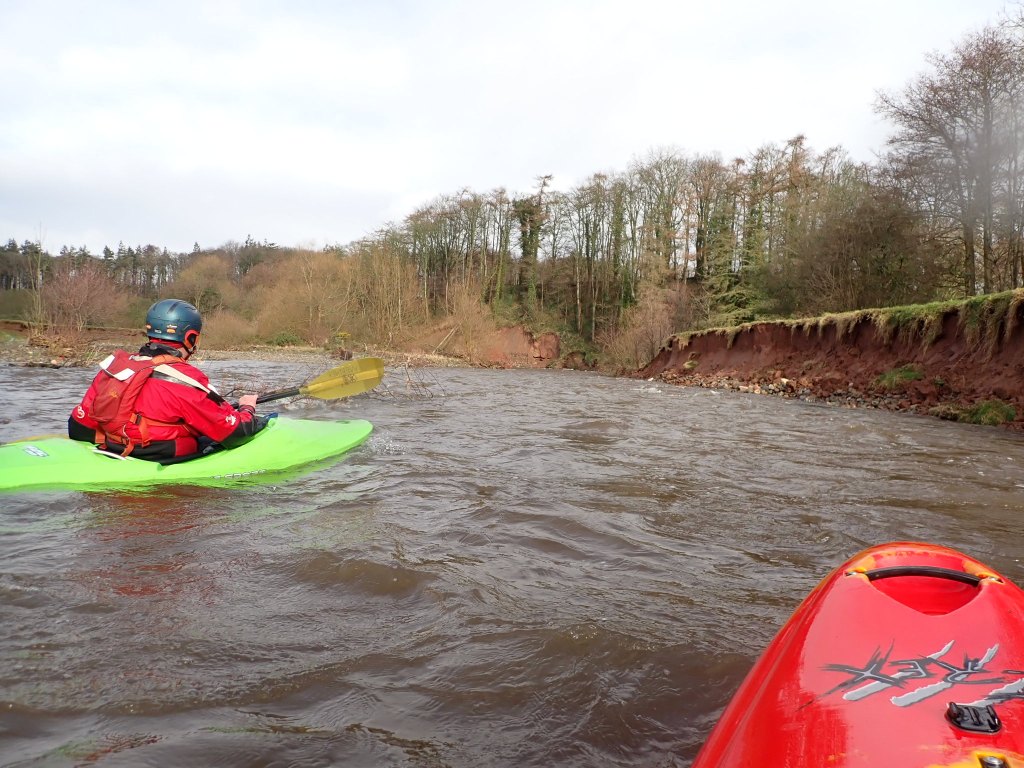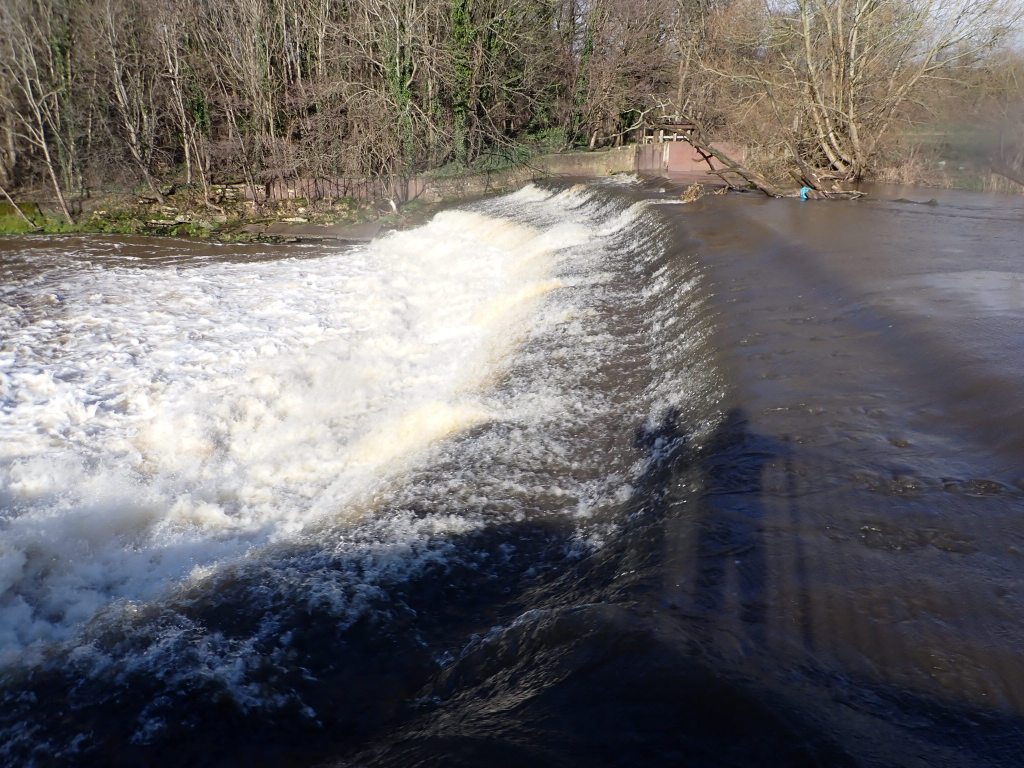Sunday, 25th February 2024
My first sea kayak trip with LCC – yay! After plans for skiing in Scotland were abandoned due to lack of snow, I spotted on WhatsApp that Rob had arranged a last-minute sea kayak trip for Sunday. I duly signed up then spent a frantic couple of hours the night before digging out all my sadly-neglected sea kayak gear.
I met the others (Rob, Tom and John) at 9 am at Canal Foot and got ready. My first faux pas, I discovered, was bringing two halves of similar-looking but different paddles – doh! Luckily, I’d got another set of blades with me. My second cause for concern was the state of my hatch covers. I’d not been in my Valley Avocet for a couple of years at least and hadn’t realised how much they’d perished. Luckily, I’d brought some airbags with me in case of implosion. I’m not sure what Rob, Tom and John made of these amateurish-looking antics!

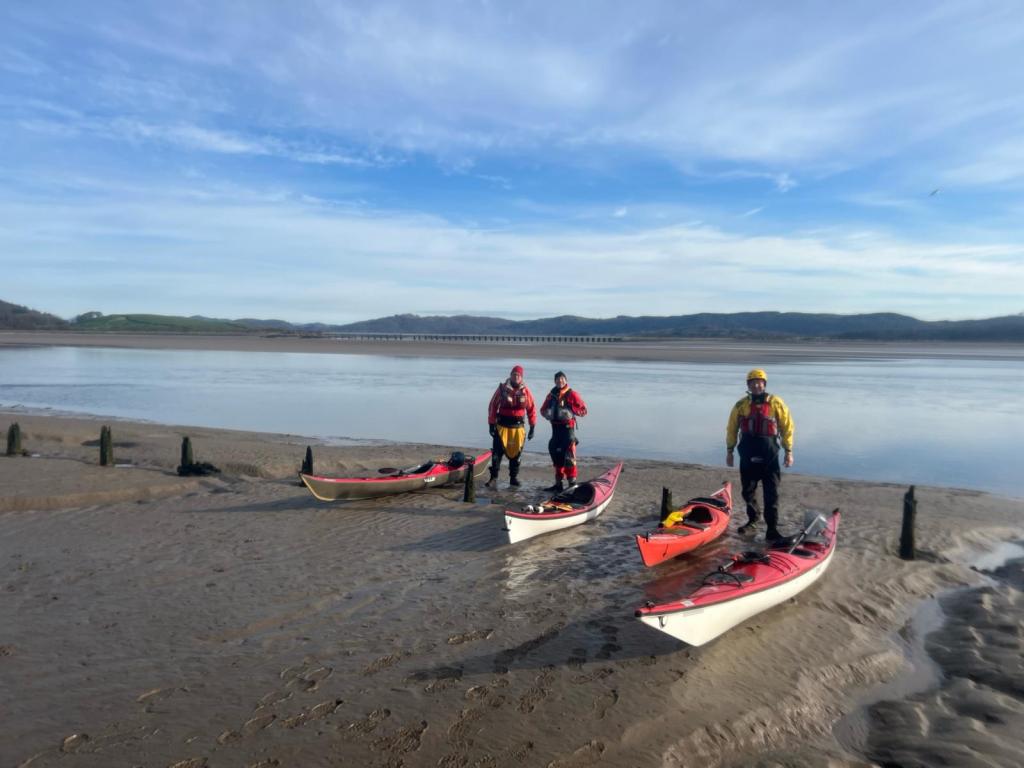


Anyway, we were on the water by 9.30 am, waited for the incoming tidal bore, which arrived with a roar about 9.45 am. Rob reckoned that you need to wait until the water is just lapping the foot of the old posts (that delineate what was once a bathing pool) at Canal Foot for there to be enough water to get under the railway viaduct. We had some fun ferry gliding across the jets of water below the multiple arches of the viaduct then it was time to run with the flood tide up towards Greenodd. We were actually paddling a bit too quickly and had to stop for a coffee break while the tide did its work covering the sandbanks. The secret, Rob explained, is to hug the shore river left to find the channel. More ferry-gliding fun was had under the footbridge at Greenodd before we continued up the Leven, reaching Haverthwaite about 12.30 pm. Here we met fellow LCC boaters Mark, Rachel and Brian who were just egressing after a trip down the Leven – ha ha!
The return journey was uneventful. We did manage to get under the old railway bridge a mile or so downstream of Haverthwaite; with very high tides there can be insufficient headroom. There was still enough water to be able to straight line some of the meanders and we got back to Canal Foot about 2.30 pm. We’d clocked 17 miles in 5 hours 10 mins, according to my GPS. A thoroughly-enjoyable trip. Thanks very much for organising it, Rob. I look forward to joining you all on the water again soon.
John Wootton











